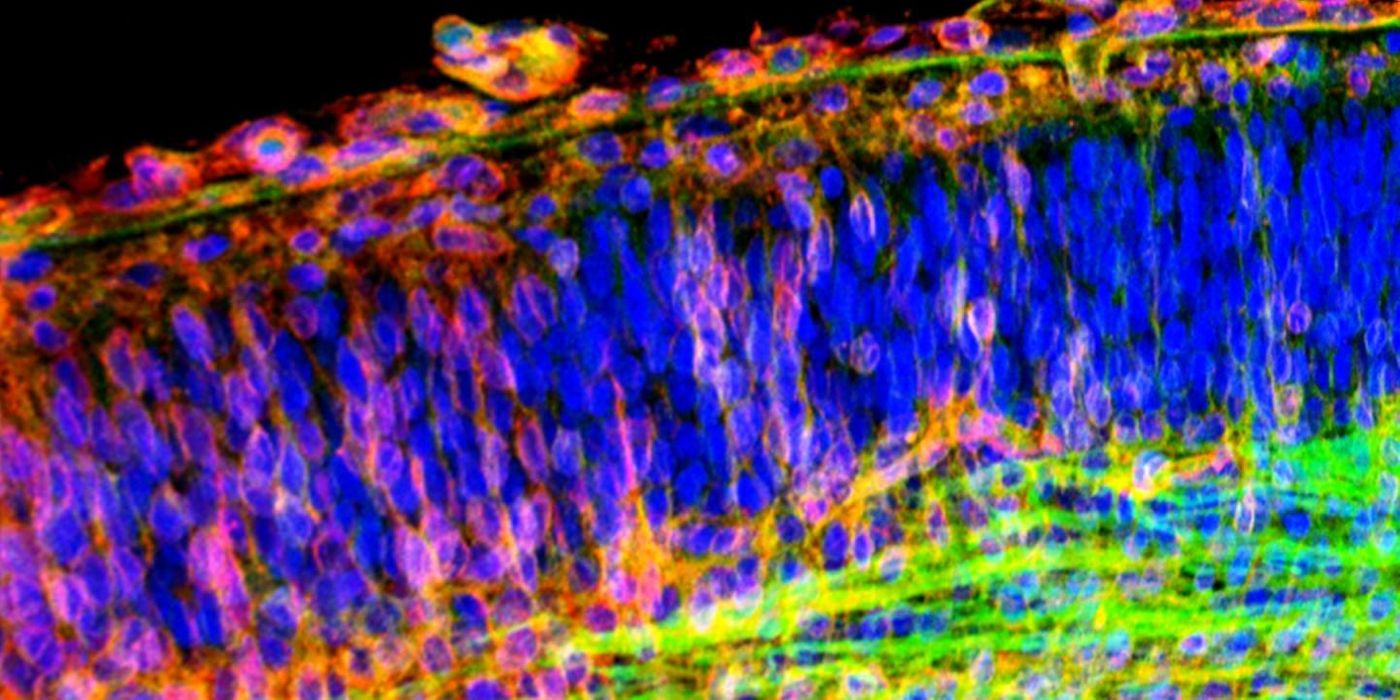Familial Alzheimer's Gene Found to Regulate Nerve Development
Age has the most significant influence on the development of neurodegenerative diseases like Parkinson’s disease, Alzheimer’s disease, and some types of cancer. However, epidemiological research has suggested that the incidence of Alzheimer’s and cancer are inversely correlated; the diseases don’t usually occur in a patient at the same time. The reason why the diseases have a contrary relationship is unclear, however.
An international team of scientists has now learned more about a process that plays a critical role in the growth of one part of neurons, the axon. Axon growth is crucial during neurodevelopment. These findings, reported in eLife, have revealed that a molecule that is in the family of presenilin proteins is a part of this process. Mutations in the gene that encodes for this presenilin protein are the primary cause of heritable forms of Alzheimer’s. Case reports have identified unusual plaque buildup in the brains of Alzheimer’s patients that carry mutations in this presenilin gene.
In this new study, the researchers showed that presenilin is required for controlling the growth of neurons as the brain develops. They demonstrated that a receptor that plays a role in some kinds of cancer, the EphA3 receptor, is how the presenilin protein exerts this control.
Eph receptors have also been linked to several physiological processes including the development of neurons, as well as axon guidance. They have also been linked to the development of lung, breast, prostate and other cancers when aberrantly expressed. The mechanism revealed in this new study connects cancer and neurodegeneration.
"The discovery of this new signaling route is very relevant in the study of neurological disorders in which the morphology of the neuron axon is altered. Indeed, the implications of the study go beyond the brain given that the mechanism involves the EphA receptors, which play a key role in cancer," explained the first author of the study Dr. Míriam Javier.
This study has opened up new strategies in drug design. "This research allows us to be optimistic about the development of common therapeutic strategies to fight neurological disorders and cancer," added the senior study author Dr. Carles Saura of the Institute of Neuroscience at Universitat Autonoma de Barcelona.
Learn more about how presenilin is associated with Alzheimer’s disease from the video.
Sources: AAAS/Eurekalert! via Universitat Autonoma de Barcelona, eLife










